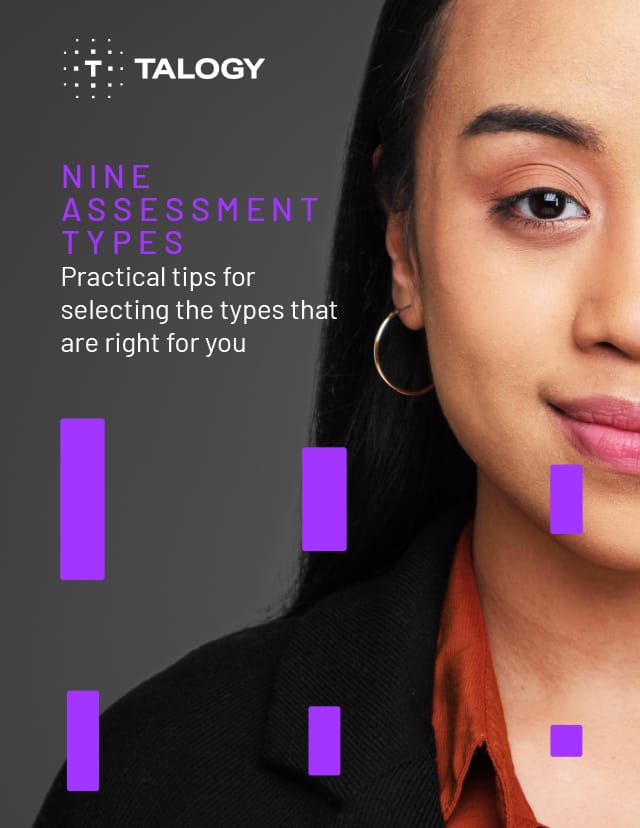Written by Jaclyn Menendez, Ph.D., Project Consultant
Here’s a quick task: think about the words you’d use to describe your selection process. Reflect on the objectivity, the lengths you’ve taken to ensure legal defensibility, and the overall careful thought that your organisation has emphasised for this process.
Now, think about your promotion process. Would you use the same words?
Odds are, not so much. The research and literature on promotion procedures are woefully lacking, which is a disappointing but accurate reflection of how most organisations approach this process. In theory, this absence of rigour makes sense: you need assessments when you are hiring new employees because you don’t have any past performance data, but when it comes time for promotions, you’ve already seen what that person is capable of. As long as you have objective criteria for the new role, and someone in mind who seems like a great fit, you should be fine – right?
Wrong. This all works in theory, but in reality, the promotional process desperately needs all the same rigour and attention to detail that you give your selection process. Here’s why:
- A new role fit shouldn’t be based on an old role’s performance. One of the most common promotional mistakes is when a star employee gets selected to lead a team purely based on the traits that made them a great individual contributor. Frequently, the role that you’re promoting someone into is fairly different from the role they were in, especially at a leadership level. You may have extensive performance data on that employee’s attention to detail or work ethic, but have you ever had the chance to observe them in a coaching setting or working across teams? If the new role has several key aspects that you have no data on, you’re basically going in blind. An assessment or work sample can be an incredibly informative indication of how the promoted employee will handle the new responsibilities.
- You’re probably going to be biased, either positively or negatively. There are many reasons why you should stay off social media when you’re recruiting new employees, but one of the main reasons is that you don’t want to introduce any non-job-related information into your recruiting decision. This becomes nearly impossible when dealing with promotions, though, and you’re much more likely to “go with your gut” in these situations. In some cases this may prejudice you against the candidate (maybe they aren’t very friendly to you, or you saw them fall asleep in a team meeting once), and at other times it may unfairly endear them to you (they always bring in doughnuts on Fridays, or their child goes to the same school as yours). Either way, this information is not relevant to the job in question and is therefore introducing error into your promotion decision. By using an assessment to get a baseline on the strengths and gaps of each candidate, you can be sure that you’re comparing them against a common standard and being fair in your evaluation.
You should be proud of your robust selection system, but you should be equally attentive to your promotion process. Your employees deserve it.



